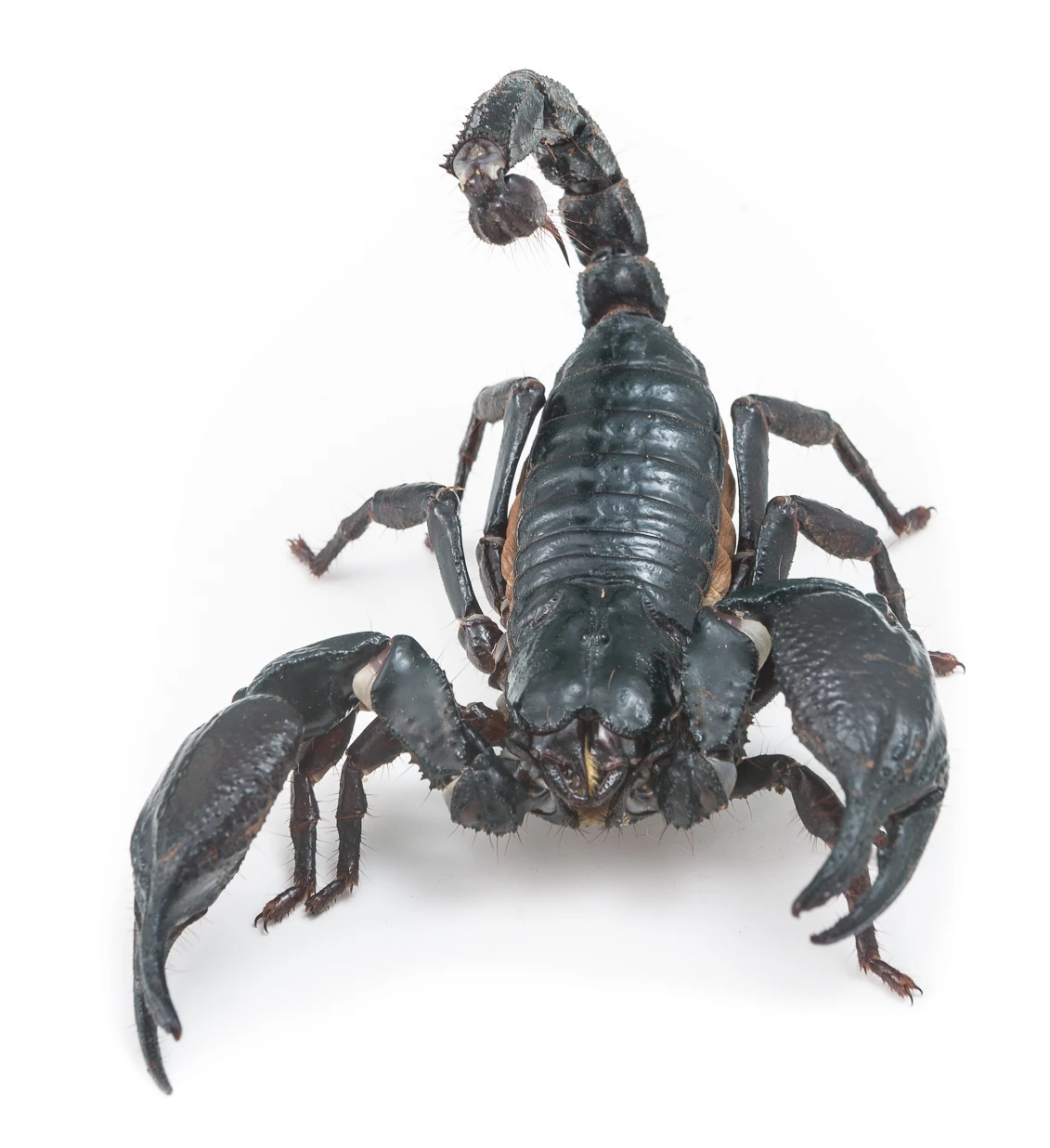Unseen Things: Scorpions
Few arthropods strike fear in so many individuals like arachnids. Within that umbrella, what is worse than an 8 legged scurrying creature with fangs for a face? How about an eight legged scurrying creature with fangs for a face AND a big, snake like tail with a sharp point that can inject venom? More threatening, the scorpion venom threatens you with dozens of toxins

Their Venom Can Include Dozens of Different Toxins
Venom in the animal kingdom is diverse and complex. Within this kingdom, the scorpion’s venom itself is quite diverse. Fortunately only 2% of scorpions can kill a person. One scorpion can make venom comprised of dozens of venoms including:
- neurotoxins
- cardiotoxins
- nephrotoxins
- hemolytic toxins
Scorpion venom also may contain other chemicals like:
- histamine
- serotonin

The scorpion target
When you see a scorpion crossing your floor, it is natural to assume it is out to get you. The reality is, you are far too large to be a foe the scorpion wants to go after. It definitely isn’t considering eating you. Despite this, scorpions will defend themselves against any threat. The chemicals and neurotoxins are not genetically engineered to be equally effective against all types of animals but they will deliver their best shot at survival.

The best defense
Not only are scorpions formidable creatures, they are also built like tanks when it comes to resisting control measures. So what is to be done? Scorpion control consists of 3 parts.
- Remove harborage – scorpions love voids, piles, debris, and other protection from predators and undesirable conditions. This protects them but also is most likely to house arthropods the scorpion would love to eat.
- Exclusion – simply plugging holes, repairing cracks, and minimizing the access points for scorpions is a very effective control measure. One time exclusion is unlikely to last long enough to be a single event. Regular inspection and adjustments are key to successful exclusion. Rove Pest Control scorpion experts are great for providing guidance on pinpointing target areas.
- Reduction of arthropod populations – targeted manual and product based control measures are wonderful ways to both reduce scorpion populations directly and reduce the amount of food drawing them into your property.

Start a Scorpion Squad
Controlling scorpions is best approached by teamwork. Schedule a visit from Rove Pest Control’s scorpion squad to see how you can support their effort in keeping your business, home, and neighborhood safe from complex scorpion venoms.
Playing with Autostereograms
See if you can get the pest to pop from the image below. For tips on seeing it, go here. Otherwise, you can just scroll through the original image and then the hidden image is found below.


About Rob Greer: Pest Control Expert and Industry Leader
Rob Greer, co-founder of Rove Pest Control, has a deep connection with nature, developed during his upbringing in rural Idaho where he raised horses and cattle. He began his career in pest control in 2001 to support his university studies. After earning a BS in Business Management, Rob, along with Lenny Gray and McKay Bodily, founded Rove Pest Control.
Rob has played a pivotal role in shaping the operational framework of Rove Pest Control, with a focus on personal development for team members, public health awareness, and tailoring services to meet the needs of individuals and communities.
As an Associate Certified Entomologist (ACE) and Subject Matter Expert (SME), Rob has made significant contributions to the pest control industry. He has collaborated on the Minnesota Department of Agriculture’s UMN Extension certification manual and exam development, the National Pesticide Applicator Certification Core Manual for the EPA, and the Quality Pro Customer Service Credential Task Force. His expertise has also been recognized in his testimony for the pest control industry before the Minnesota state legislature as a State Policy Affairs Representative. Currently, Rob serves as the President of the Minnesota Pest Management Association Board. Learn more about Rob Greer.
